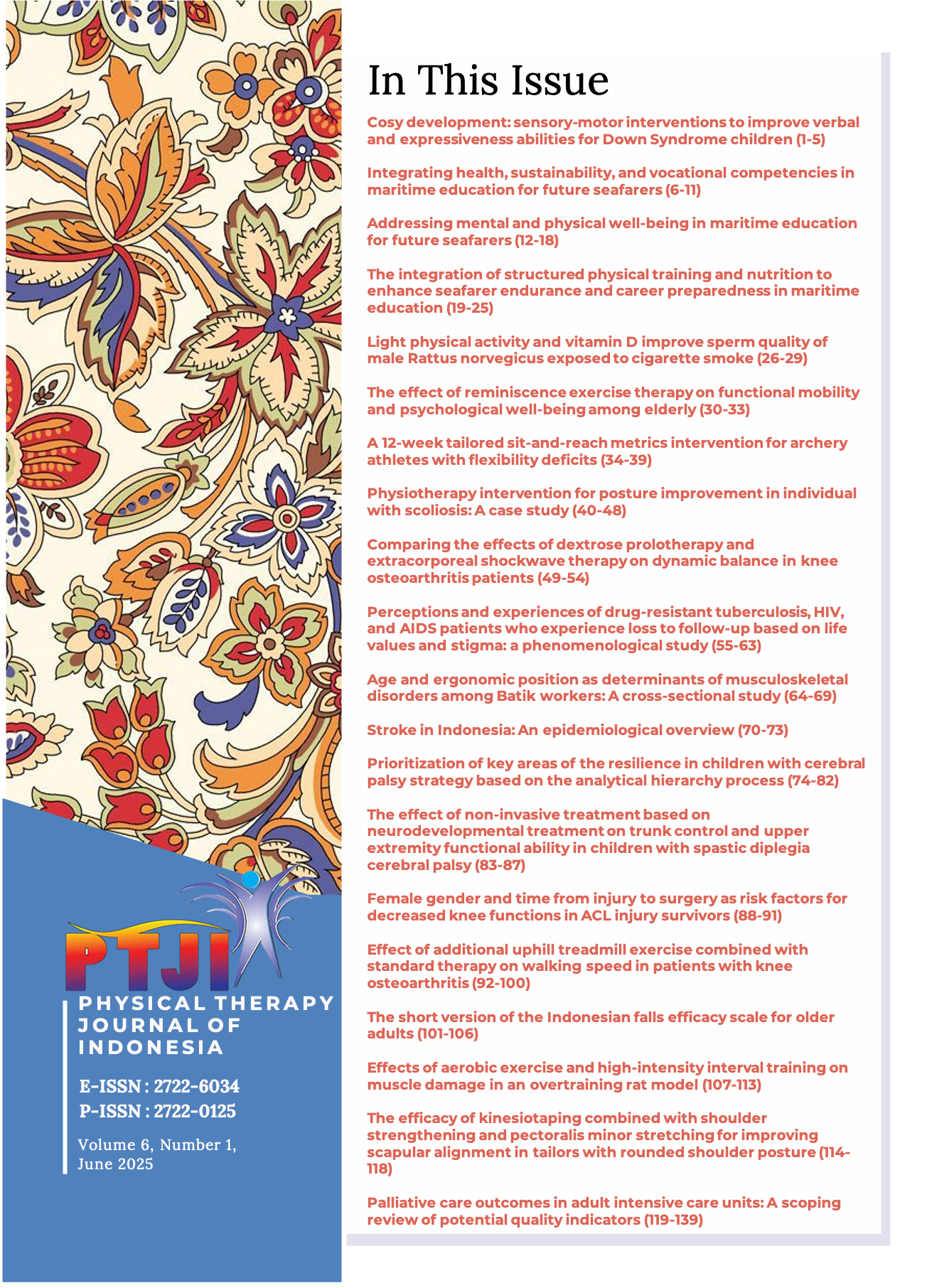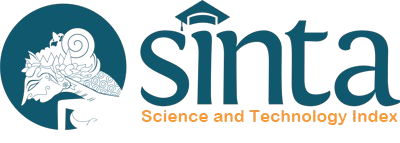The effect of non-invasive treatment based on neurodevelopmental treatment on trunk control and upper extremity functional ability in children with spastic diplegia cerebral palsy
Abstract
Background: Children with spastic diplegia cerebral palsy often showed impaired trunk control and upper limb function, which limited their daily activities and independence. Neurodevelopmental treatment (NDT) was used as a physiotherapy approach to improve motor control and reduce abnormal muscle tone. However, the evidence on its effectiveness for upper limb function and trunk control remained limited. This study aimed to examine the effect of non-invasive treatment based on NDT on trunk control and upper extremity functional ability in children with spastic diplegia.
Methods: This pre-experimental one-group pre-test–post-test study involved 20 children aged 5–12 years with spastic diplegia cerebral palsy (gross motor gunction classification system (GMFCS) Level III) who received NDT-based physiotherapy twice a week for eight weeks at Yayasan Ramah Cerebral Palsy (RCP), Bogor. The study excluded children with spastic hemiplegia, quadriplegia, athetoid CP, comorbid conditions such as heart disease, non-active members, and those who did not undergo therapy at RCP. Researchers measured upper extremity function using the quality of upper extremity skills test (QUEST) and assessed trunk control using the trunk control measurement scale (TCMS). They analyzed the data using paired sample t-tests to compare pre- and post-intervention results and applied Pearson’s correlation to examine the relationship between trunk control and upper limb function.
Results: Post-intervention evaluation revealed a significant improvement in upper extremity function (QUEST mean increase: 22.45±3.05, p< 0.001) and trunk control (TCMS mean increase: 16.15±5.01, p< 0.001). The relationship between improved trunk control and enhanced upper extremity function was significant, as indicated by Pearson's correlation of 0.696, p < 0.001.
Conclusion: In children diagnosed with spastic diplegia CP, an 8-week NDT intervention significantly improved upper extremity functional capacity and trunk control. The findings emphasized that the application of NDT in enhancing motor coordination and independence, thereby contributing to an improved quality of life for this population.







3.gif)

